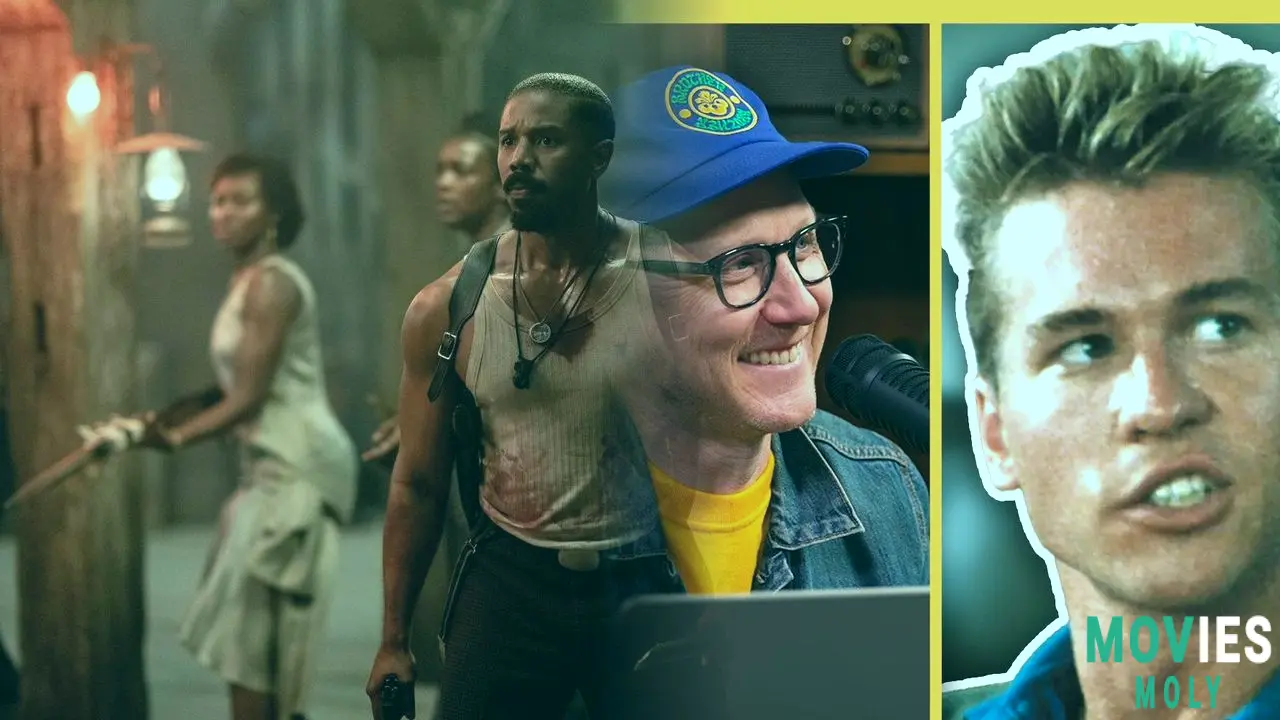Ryan Coogler’s Sinners didn’t just break box office expectations — it shattered the very framework of what a genre film can be. With its blend of supernatural horror, Southern gothic atmosphere, and soulful musical eruptions, the director’s original creation gives audiences more than thrills; it offers an ancestral reckoning bathed in blues and blood. And if the main story didn’t already hit with the force of a lightning-struck humbucker, the post-credits scene pulls that emotional resonance into a higher plane of mythological significance.
How the ‘Sinners’ post-credits scene transforms the film into an epic mythos Coogler, who’s already proven his blockbuster artistry through Marvel’s Black Panther sequels and the Creed trilogy, takes a bold step with Sinners. The supernatural thriller — starring Michael B. Jordan in a dual role as estranged twins Stack and Smoke — is anchored in a deeply personal and cultural narrative about Black Southern identity, exploitation, and creative sovereignty. The post-credits scene doesn’t just extend the story; it recontextualizes it.Without giving too much away, the final sequence after the credits isn’t merely a setup for a possible sequel or a cheeky Easter egg. It’s a cinematic blood oath. It draws a line through time, connecting the past, present, and future of Black musical expression. It echoes the soul of the juke joint — that sacred space where sound, struggle, and spirit fused into something unstoppable. And it dares to imagine that this cultural evolution is itself supernatural, eternal, and undefeated.
Coogler’s visual and narrative risk pays off with emotional and cultural resonance

Set inside the juke joint that Stack and Smoke built, the scene becomes a temporal carnival. We see musicalesque sequences that borrow from the undead flair of Queen of the Damned and the bloodshot atmosphere of Near Dark. But instead of simply mimicking vampire tropes, Coogler repurposes them. The villains — white, culturally parasitic songcatchers turned vampires — become allegories for the predatory music industry that has historically extracted Black creativity without credit or compensation.
The post-credits scene doesn’t just add lore — it honors Black cultural legacy
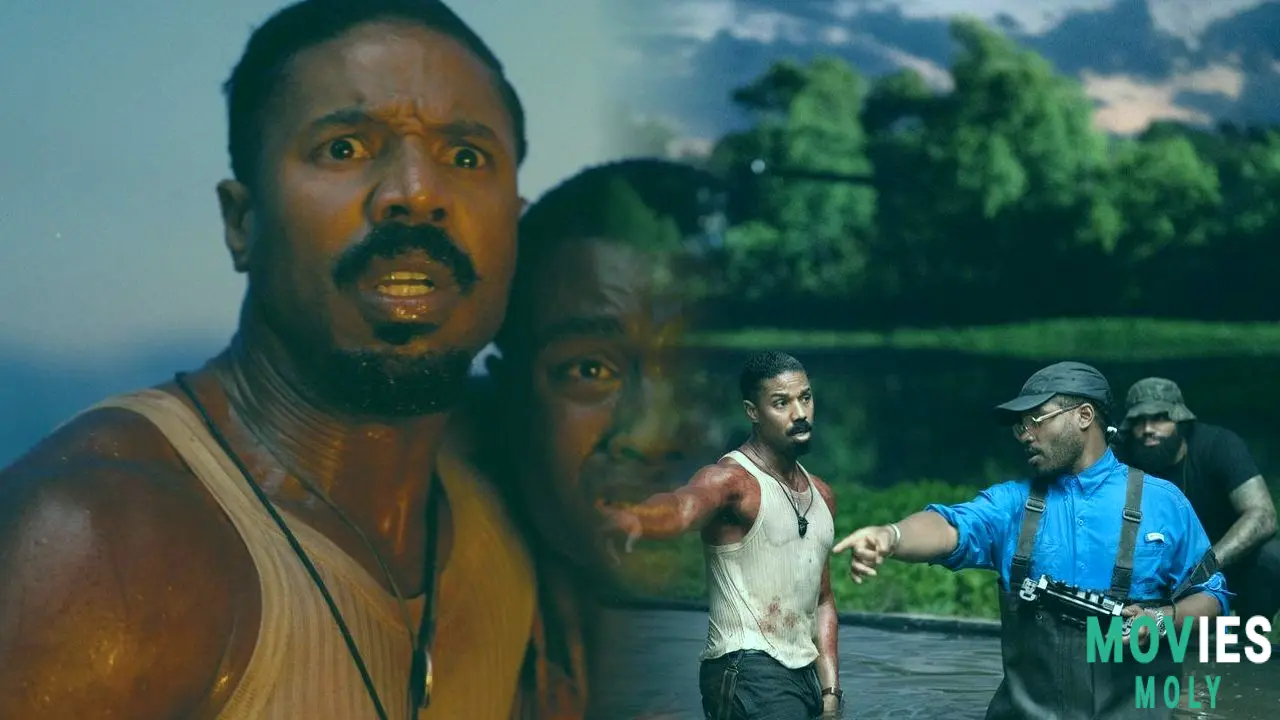
Coogler’s inclusion of a cameo by blues legend Buddy Guy — playing an older, triumphant version of Sammie — is a stroke of mythic biographical storytelling. It’s as if the director is saying: this is one path that was taken, and it is valid, victorious, and alive. Guy’s presence isn’t just fan service; it’s a blessing from one of the genre’s real-world griots, affirming the film’s message about agency and legacy.
Why the post-credits scene makes ‘Sinners’ a new kind of blockbuster
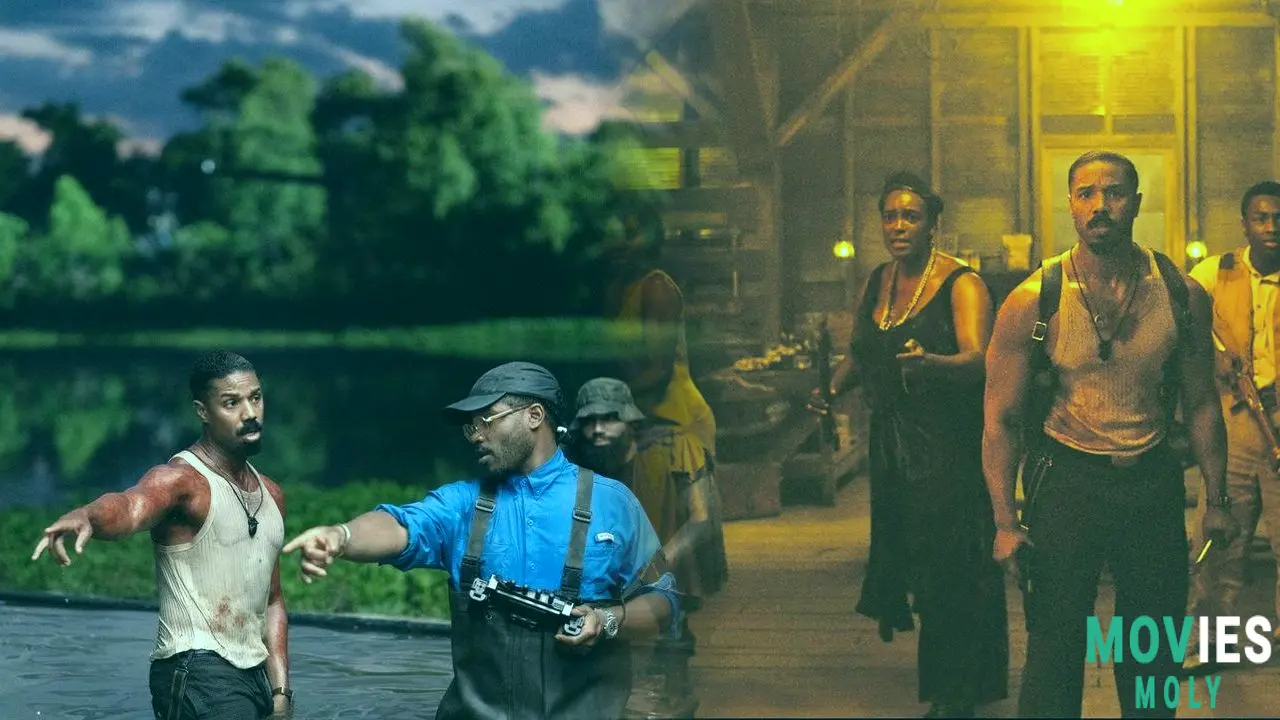
It’s a genre gambit that pays off. By blending historical trauma with supernatural metaphor, and by turning a temporal jam session into a spiritual weapon, Coogler elevates Sinners from a soul-stirring genre flick into a cultural artifact. The post-credits scene is not an afterthought. It’s the film’s heart beating one last time — louder, prouder, and more eternal.
Coogler, Jordan, and the creative synergy that makes the scene soar
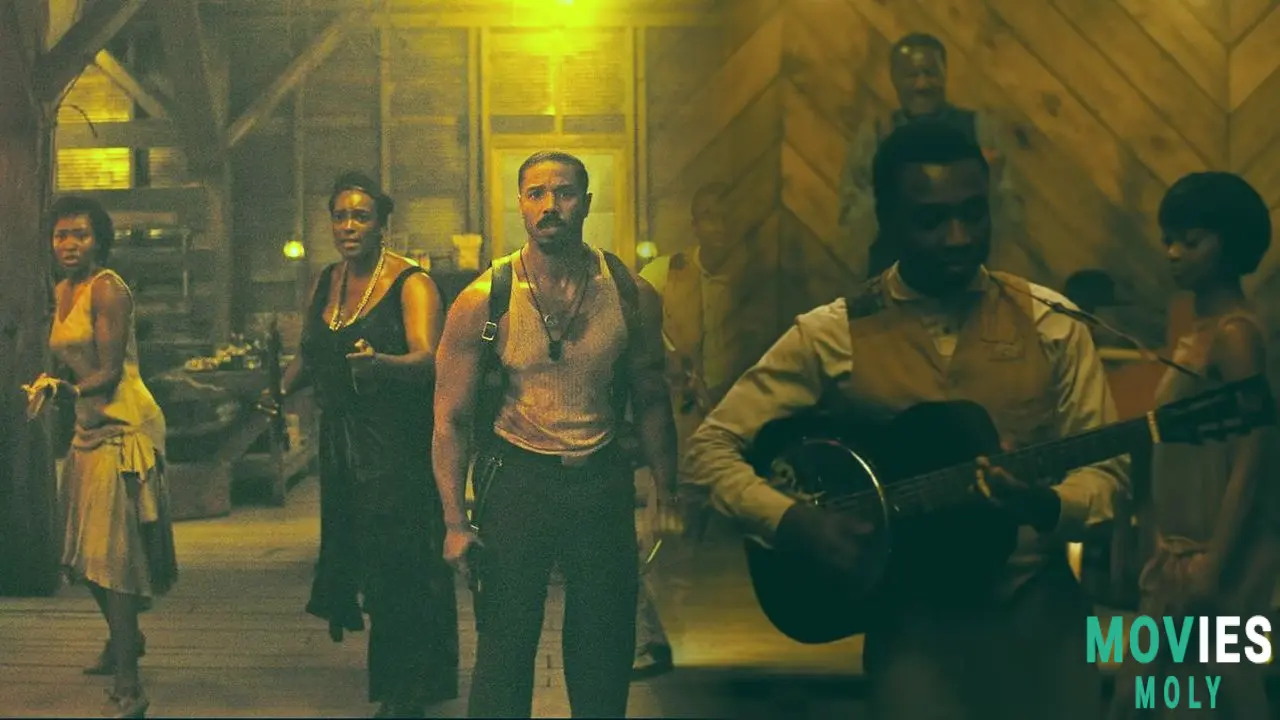
Coogler’s choice to make the twins identical — rather than fraternal — was a deliberate play on archetypes. It’s the kind of storytelling move that might seem small on the surface but reverberates beneath it. The post-credits scene, with its thematic resonance and emotional punch, reveals just how tightly every element of Sinners is woven into Coogler’s larger tapestry about faith, fate, and free will.
‘Sinners’ isn’t just a film — it’s a new language for genre storytelling
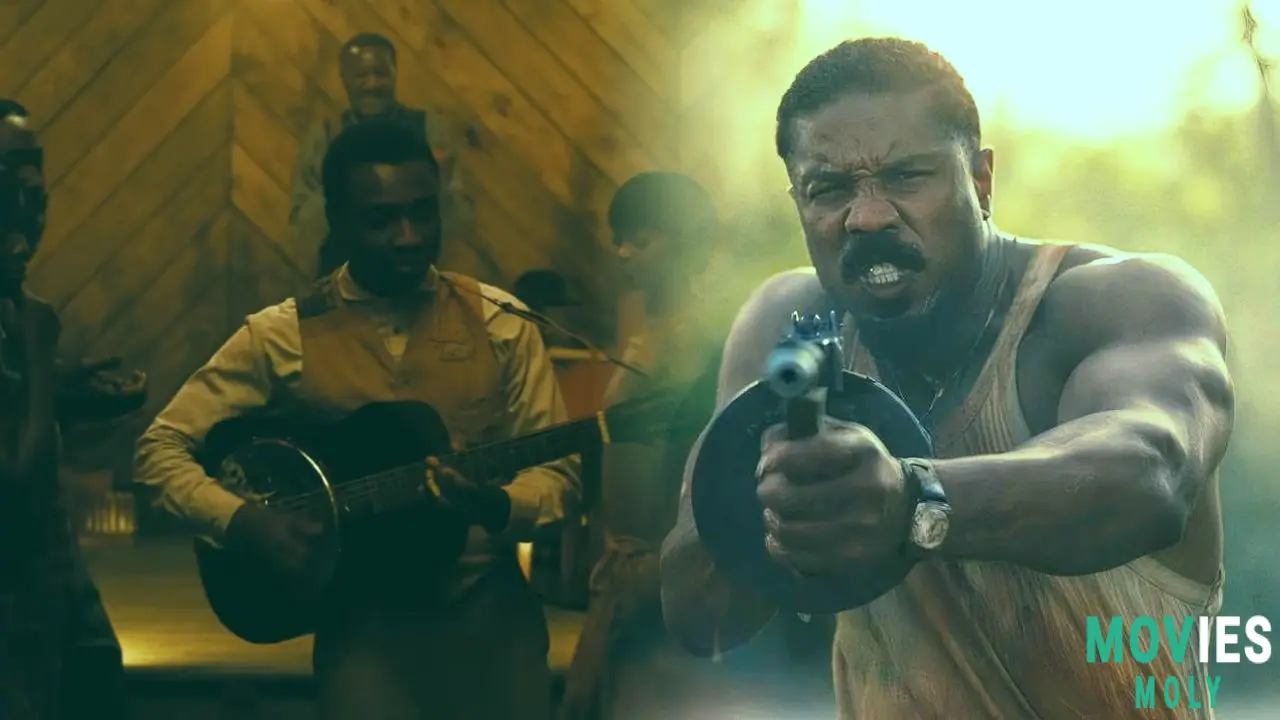
And he did it in the afterglow — in the scene after the credits. That’s not just clever. That’s powerful. That’s eternal. That’s Sinners.

